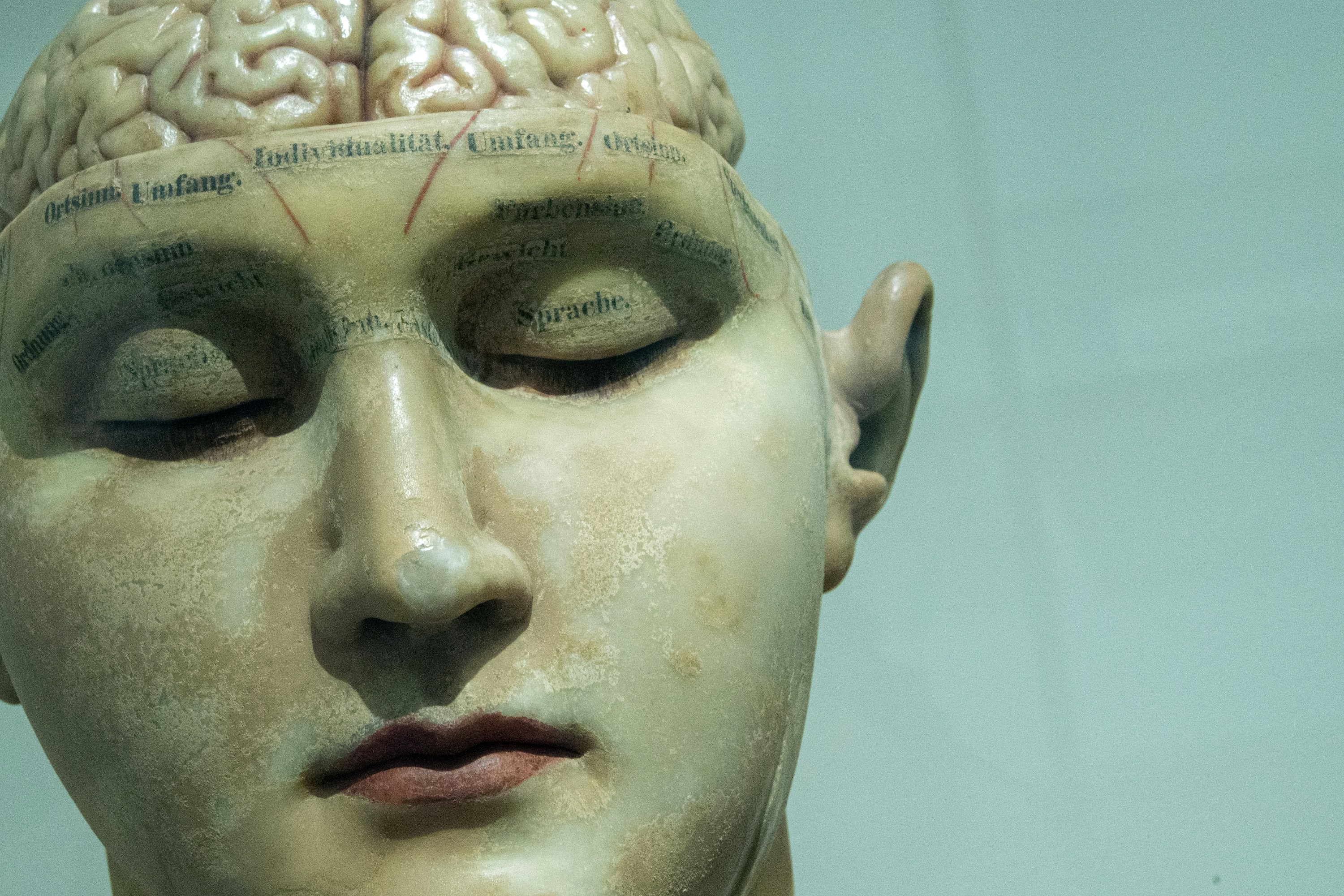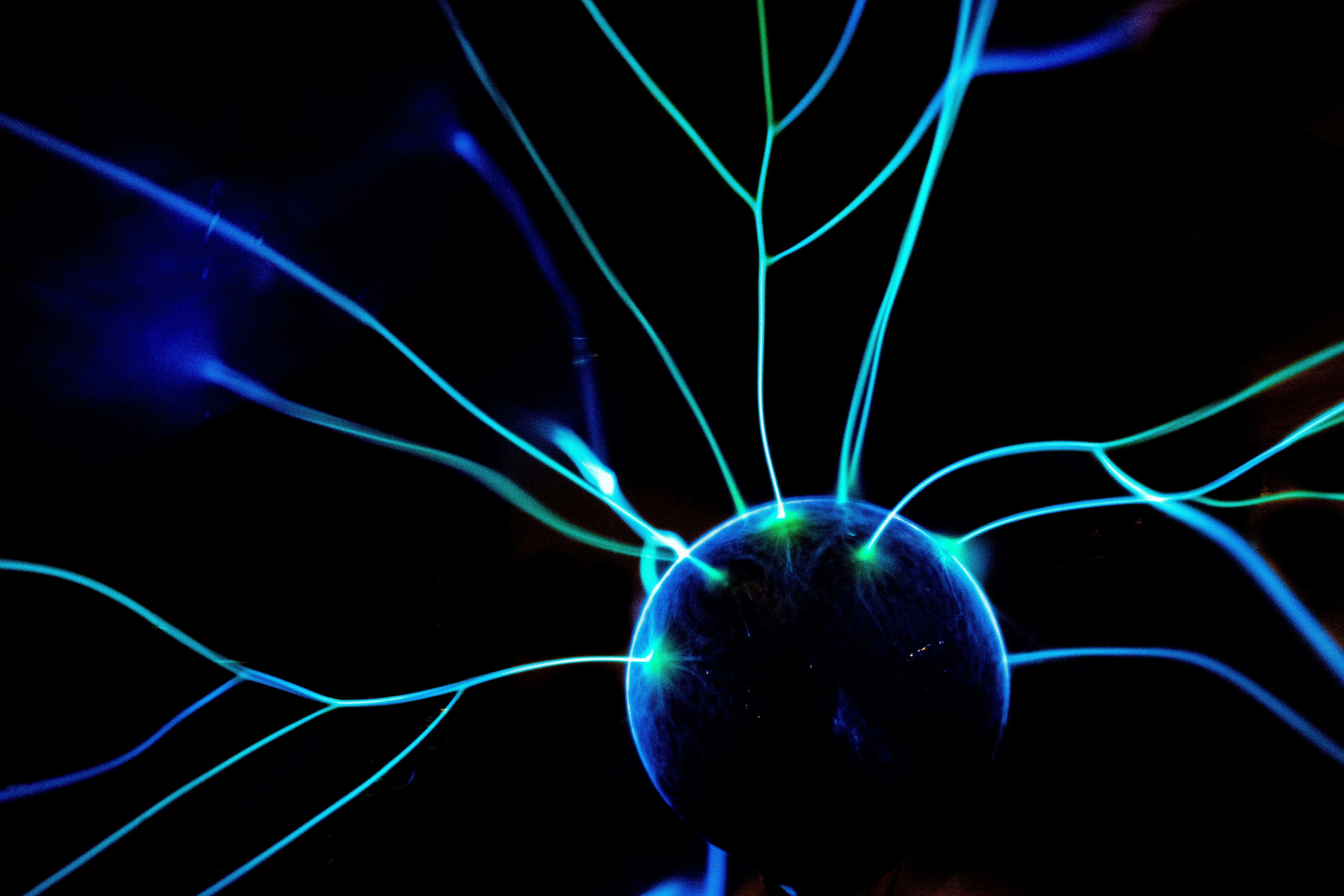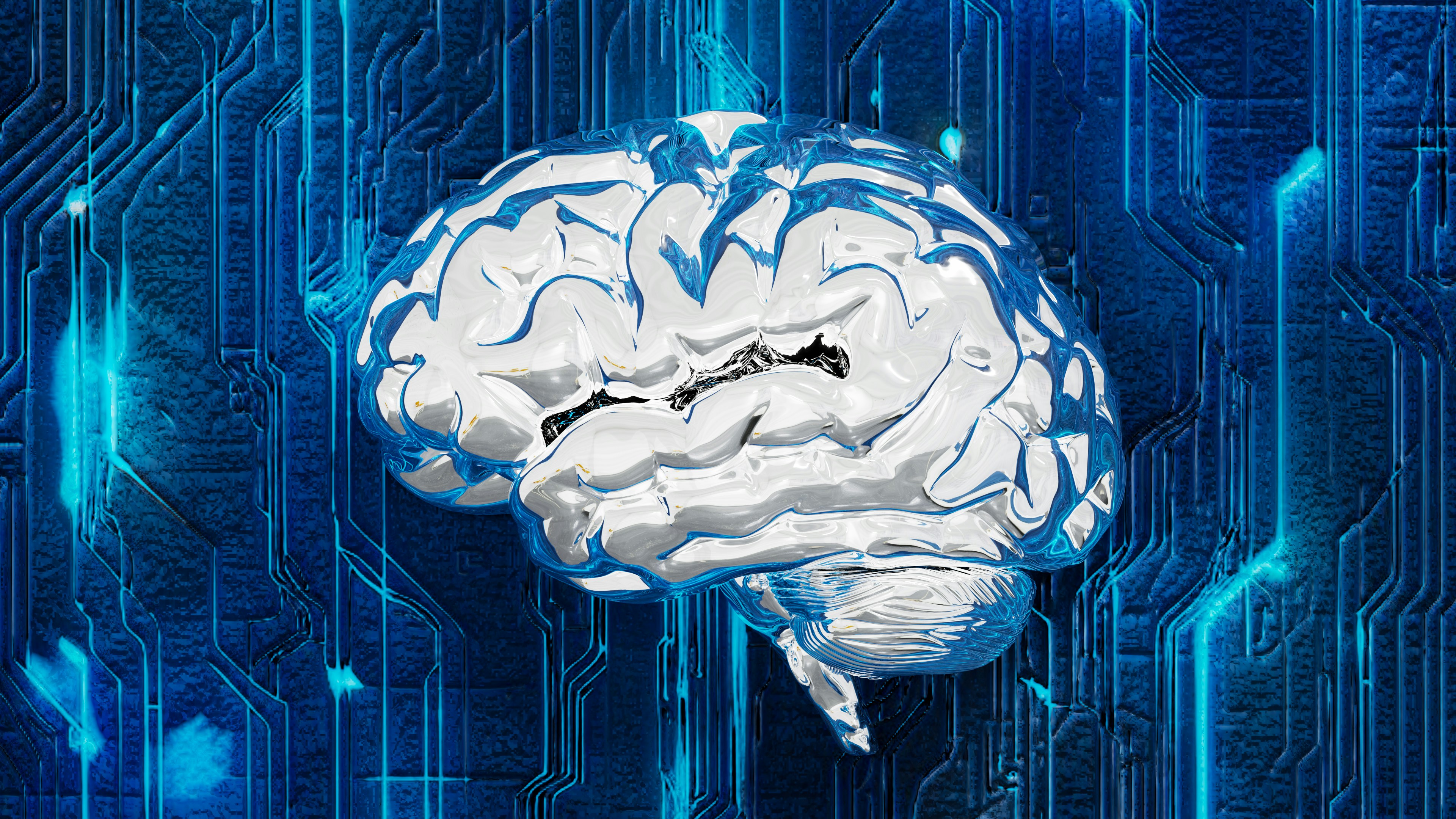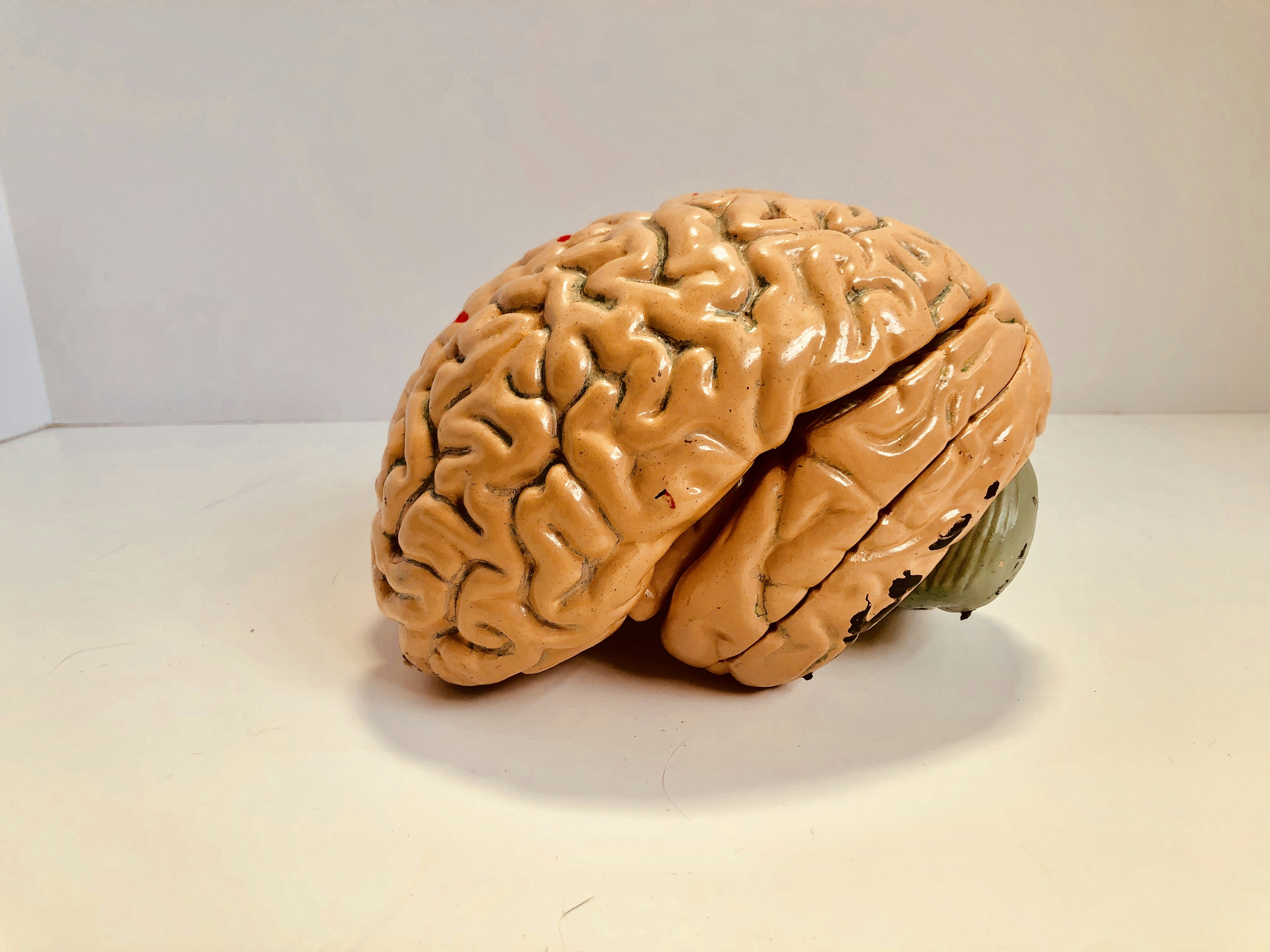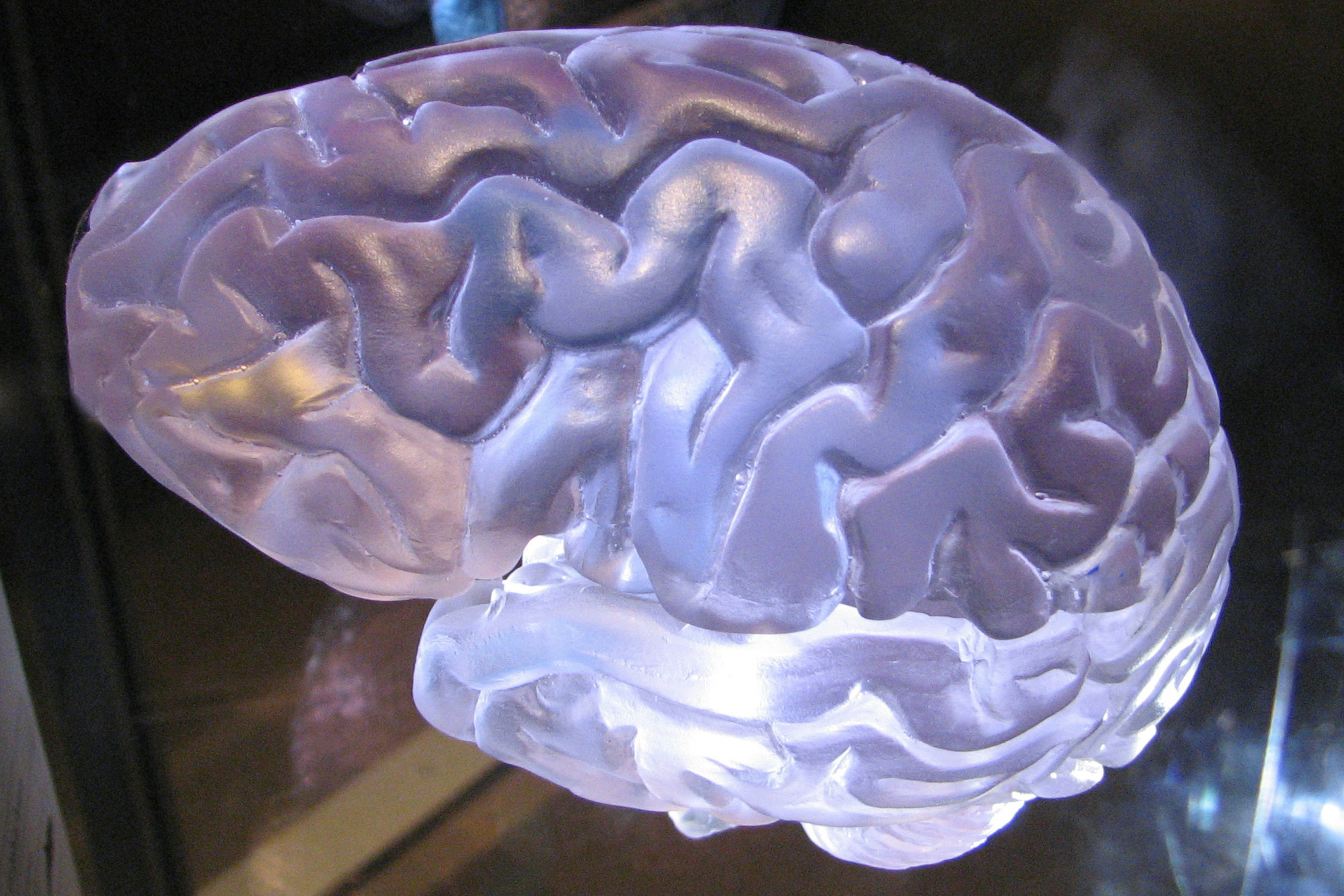Gadgets for the Mind: Explore Neurotechnology Devices for Creativity
Imagine a world where technology melds with the very essence of our cognitive functions, breathing life into our creativity, focus, and mental wellness. Welcome to the era of neurotechnology devices! As we zoom into 2025, innovative gadgets designed specifically to enhance our brain’s potential are making waves. But what exactly is neurotechnology, and how can it benefit your mental well-being? In this insightful article, we’ll explore various neurotechnology devices that not only boost cognitive functions but also evoke creativity like never before.
Unmasking Neurotechnology: What It Is and Why It Matters
Neurotechnology is a scientific and technological domain focusing on the interface between our brains and the myriad devices we interact with daily. The primary goal? To facilitate the enhancement of cognitive abilities, promote emotional well-being, and transform how we engage with the world around us.
But why should you care about neurotechnology? In a hyper-competitive landscape, where creativity and cognitive agility often dictate success, these gadgets can be transformative. They offer practical solutions not only for heightened productivity but also for mental and emotional health struggles many face in today's fast-paced society.
The Neuroscience Behind Neurotechnology Devices
Before diving into specific gadgets, it's essential to understand the science driving them. Research in neuroscience shows that our brains are not static; they can change and adapt based on our experiences—known as neuroplasticity. Neurotechnology devices harness this potential, providing tools for cognitive enhancement, stress relief, and creativity boosts.
For example, devices that employ brainwave monitoring can help you understand when you're in focus mode versus a restful state, allowing you to optimize your day accordingly. As elaborated in a study by Harvard Business Review, enhancing our mental capabilities can lead to a healthier lifestyle as we fuse productivity with mindfulness practices that counter modern life's stressors.
Breakthrough Gadgets in Neurotechnology
1. Cognitive Enhancement Headsets
One of the most notable neurotechnology devices is the cognitive enhancement headset. These wearables utilize EEG technology to monitor brainwaves in real-time, providing users with feedback that can stimulate different areas of the brain for improved focus and productivity.
Take the Muse headband, for instance, which helps users achieve a meditative state and enhances their mindfulness through guided exercises. This device doesn’t just make meditation easier—it can also improve cognitive function, allowing for bursts of creativity when you need it most.
2. Neurofeedback Devices
Neurofeedback therapy is gaining traction as a powerful method to self-regulate brain functions. Devices like the Neurable headset allow users to control software with their thoughts, translating brain activity into responses. This technology not only has the potential to redefine gaming experiences but also serves as a tool for brain training, helping individuals learn how to enter more productive states of mind.
3. TENS Units and Vagus Nerve Stimulation
Transcutaneous Electrical Nerve Stimulation (TENS) units are devices that stimulate nerves through electrodes placed on the skin. Recently, a novel application of TENS has emerged—vagus nerve stimulation (VNS), which is said to improve mood and cognitive function. Innovative gadgets such as NEMOS utilize VNS to induce relaxation and higher cognitive performance, which can be particularly beneficial during creative projects or brainstorming sessions.
4. Smart Wearables for Emotion Regulation
The intersection of mental health and technology has led to the rise of smart wearables that alert users to shifts in their emotional states. Spire is one such device, which tracks breathing patterns and context, offering real-time feedback to promote mindfulness. By becoming aware of emotional fluctuations, you can address challenges like anxiety or stress more effectively—thus paving the way for heightened creativity.
5. Mood-Enhancing Smart Glasses
While augmented reality (AR) has been a hot topic in entertainment, smart glasses like the Vuzix Blade are beginning to pivot toward cognitive enhancement. These devices can overlay cognitive tasks onto your field of vision, making it easier to stay focused and inspired. Imagine receiving visual prompts for brainstorming in a creative meeting—such functionality blurs the line between imagination and practicality.
6. Brain-Placing Stimulation Devices
Devices such as Halo Neuroscience stimulate the brain via transcranial direct current stimulation (tDCS), which can enhance learning and skills acquisition. Using this gadget can help you level up essential cognitive skills, whether you're learning to play a musical instrument or mastering new software for work.
Leading Neuroscience Research and Insights
It’s critical to align the advancements in neurotechnology with empirical research. An educational initiative by the National Institutes of Health (NIH) focuses on understanding how neurotechnology can effectively enhance learning outcomes and improve emotional well-being. Academic literature indicates that individuals using these gadgets can experience significant improvement in creativity and cognitive function after a short period of consistent use.
Referencing this educational perspective enhances trust and establishes authority as we delve into the practical applications of these devices.
Balancing Tech Use with Mindfulness
While the innovation of neurotechnology devices is compelling, wielding such tools requires a balanced approach. Harnessing technology is beneficial, but coupling it with mindfulness can optimize outcomes.
Practicing mindfulness techniques in conjunction with these devices can amplify their effectiveness. For instance, engaging in regular mindfulness meditation while using a cognitive enhancement headset can compound benefits, leading to enriched creativity and mental clarity.
Practical Tips for Using Neurotechnology Devices
-
Set Clear Goals: Establish a purpose for your device usage—whether it’s to boost creativity, focus on a specific task, or regulate your emotions.
-
Combine with Traditional Practices: Use your devices alongside meditation or journaling to integrate technology with personal growth practices.
-
Track Your Progress: Most devices come with tracking features. Regularly assess how they impact your cognitive efforts and emotional well-being.
-
Stay Informed: Follow current studies about neurotechnology advancements to maximize the potential of your gadgets.
-
Connect with Communities: Engage with online forums or local groups to share experiences and learn more about effective ways to use these devices.
Final Thoughts
Neurotechnology is not just a fleeting trend; it is reshaping how we think, create, and interact with the world. By understanding and utilizing devices that enhance cognitive function and stimulate creativity, you stand at the frontier of personal and professional growth.
The importance of embracing these technologies lies in their potential to foster emotional intelligence, improve focus, and unleash your creativity. As you move forward, keep exploring the vast landscape of neurotechnology gadgets—because the mind is just as much a tool as the devices it interacts with.
For more information on enhancing your interpersonal skills through wearable tech, check out our article on wearable technology.
Embrace the tech evolution boldly—your brain is waiting!
